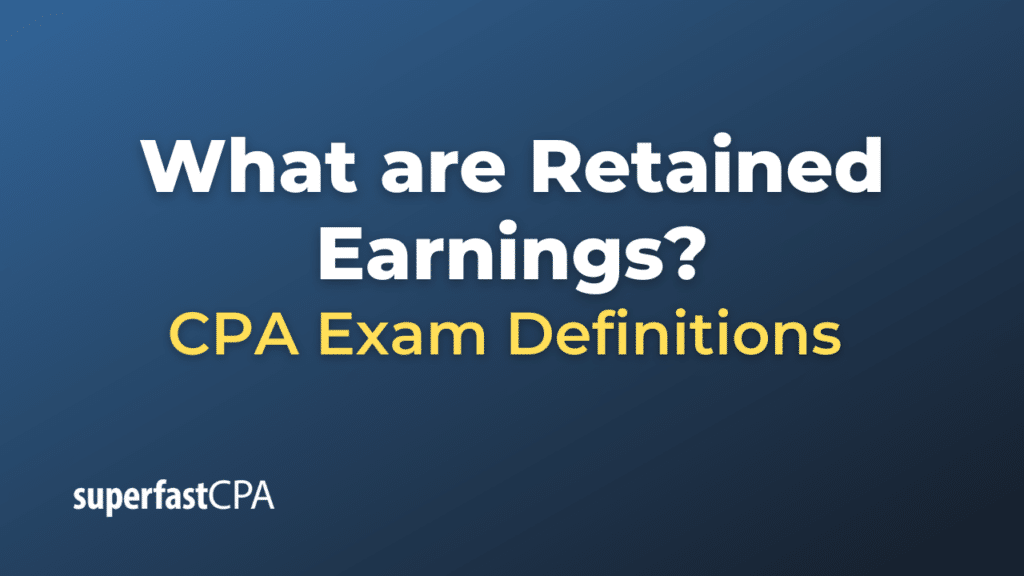Retained Earnings
Retained earnings represent the cumulative amount of net income that a company has retained, rather than distributed to its shareholders as dividends. Essentially, it’s the profit that the company has chosen to reinvest in the business rather than pay out to shareholders. Over time, as the company earns or loses money and pays dividends, the retained earnings account will increase or decrease.
Retained earnings can be found on the balance sheet in the equity section, right alongside the accounts for common and preferred shares. The account balance will indicate if the company has accumulated profits or accumulated losses over its life.
Here’s a simple formula to compute retained earnings:
Retained Earnings at End of Period = Retained Earnings at Beginning of Period + Net Income (or Loss) − Dividends Paid
For example, if a company starts the year with $1 million in retained earnings, earns a net income of $500,000 during the year, and pays out $200,000 in dividends, its retained earnings at the end of the year would be:
Retained Earnings = $1,000,000 + $500,000 – $200,000 = $1,300,000
A positive retained earnings balance indicates that a company has more accumulated profits than accumulated losses over its existence. Conversely, if the company has more accumulated losses than profits, the retained earnings will show a negative balance, often referred to as an “accumulated deficit.”
Companies with a history of profitability typically have high retained earnings, indicating that they have reserves from their cumulative profits over the years. These earnings can be used for reinvestment in the company, such as for research and development, capital expenditures, debt reduction, or any other financial needs the company may have.
Example of Retained Earnings
Let’s walk through a detailed example of how retained earnings might be calculated for a hypothetical company over a two-year period.
Sunshine Inc.
Year 1:
- Sunshine Inc. starts its operations with $0 in retained earnings since it’s a new company.
- During its first year, the company earns a net income of $150,000.
- At the end of the year, the company declares and pays dividends of $50,000.
Retained Earnings (Year 1) = Initial Retained Earnings + Net Income − Dividends
Retained Earnings (Year 1) = $0 + $150,000 – $50,000 = $100,000
So, at the end of Year 1, Sunshine Inc. has $100,000 in retained earnings.
Year 2:
- Sunshine Inc. starts the second year with the retained earnings it accumulated from Year 1, which is $100,000.
- During its second year, the company earns a net income of $180,000.
- However, business has been good, so the company decides to distribute larger dividends of $70,000 at the end of Year 2.
Retained Earnings (Year 2) = Retained Earnings from Year 1 + Net Income of Year 2 − Dividends of Year 2
Retained Earnings (Year 2) = $100,000 + $180,000 – $70,000 = $210,000
So, at the end of Year 2, Sunshine Inc. has $210,000 in retained earnings.
Summary:
Over the course of two years, Sunshine Inc. has accumulated $210,000 in retained earnings. This amount represents the cumulative profit the company has chosen to retain (reinvest in the business) rather than distribute to shareholders in the form of dividends. The company might use this accumulated amount for expansion, acquiring assets, repaying debt, or any other corporate purpose.













